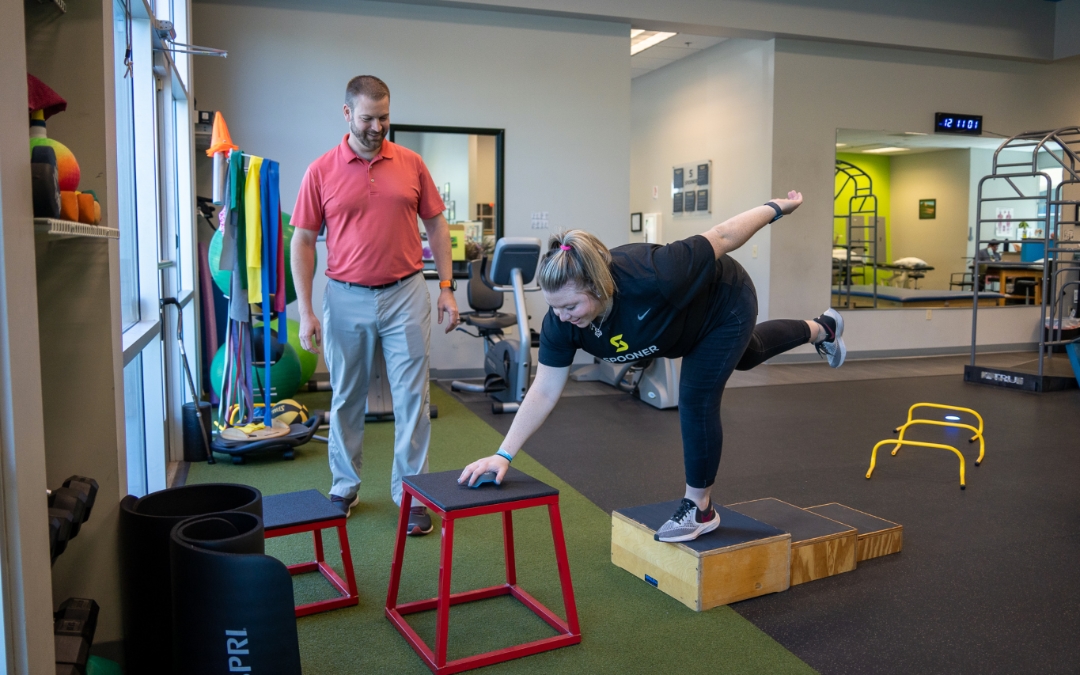Returning to normalcy after a concussion can take time. Being able to move your head without the sensations of spinning or being able to read or look at a screen without difficulty can seem far away. Everyday life has a great deal of stimuli that comes our way. Our brains are receiving all of these signals, interpreting them, and reacting in the proper way.
If your brain has been injured, your brain is working to heal itself while still responding to stimuli. Getting back to an efficient state means training your brain progressively to help your body move physically as well as respond cognitively to undertake everyday tasks.
Physical therapy can help you get back to life and sport safely following a concussion. You and your physical therapist can set goals together to see exactly what movements you encounter on a day-to-day basis and train specifically to ensure your head can tolerate those.
Learn more about physical therapy for concussion treatment! Read Brain Injury Awareness Month: Concussions and Physical Therapy from the Spooner blog.
Near the end stages of physical therapy treatment for concussions, tolerating quick, varied, and unexpected head movements is vital. Being able to look up, stoop down, and turn to the left or the right happens every single day whether we are aware of it or not. We also accelerate and decelerate to start or stop any movement. All of these motions are unknowns, and you can’t fully plan ahead to know what motion is going to happen next. Physical therapists work with you and utilize tools to help you better tolerate the unexpected after concussions.
BlazePods are an excellent example of a tool utilized in end-stage concussion treatment. These pods are small and circular and are controlled by a user through the BlazePod app. While commonly used for sports and training purposes, these light-up devices provide the unexpected stimuli that is necessary for concussion treatment. BlazePods may not be appropriate in the beginning stages of concussion treatment due to light sensitivity that often is associated with concussion injuries.
Nick Sutton, PT, DPT, explained that he uses BlazePods for concussion patients to get back to a “sports ready” function. “I create obstacle courses and put the pods at random places. Then, I tell the app to light up random pods. This allows the patient to work to search for the unexpected stimulus. I also change the height of the pods so the patient can reach and stoop. This allows them to change their height and head orientation. They have to quickly look for the pods while incorporating head movement.”
Alongside the use of BlazePods, advanced concussion and vestibular treatments incorporate dual-tasking. This is extremely important to stimulate cognitive function at the same time as physical activity. One does not exist without the other in real life, so treatment should incorporate both. Nick stated that a couple of activities he utilizes is to ask the patient questions like “count backwards by 7s,” or “name as many green vegetables you can think of.” At the same time, Blaze Pods will be in front of the patient lighting up randomly, and the patient has to tap the lit-up pod. This dual-tasking allows the patient to prepare to best return to life and/or sport.
If you have recently had a head injury, or if you know someone who has had a head injury, schedule an appointment with a Spooner therapist today!

